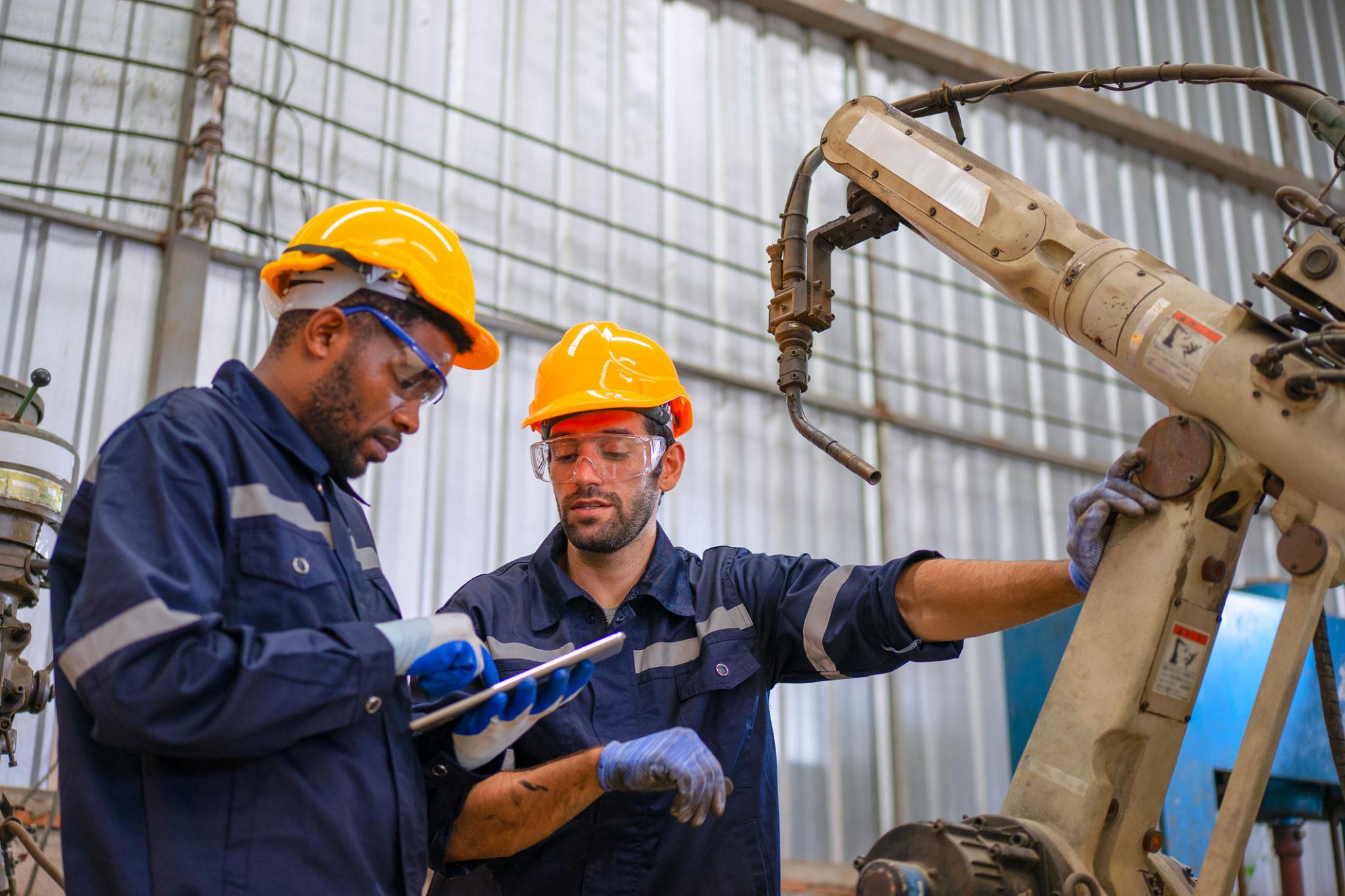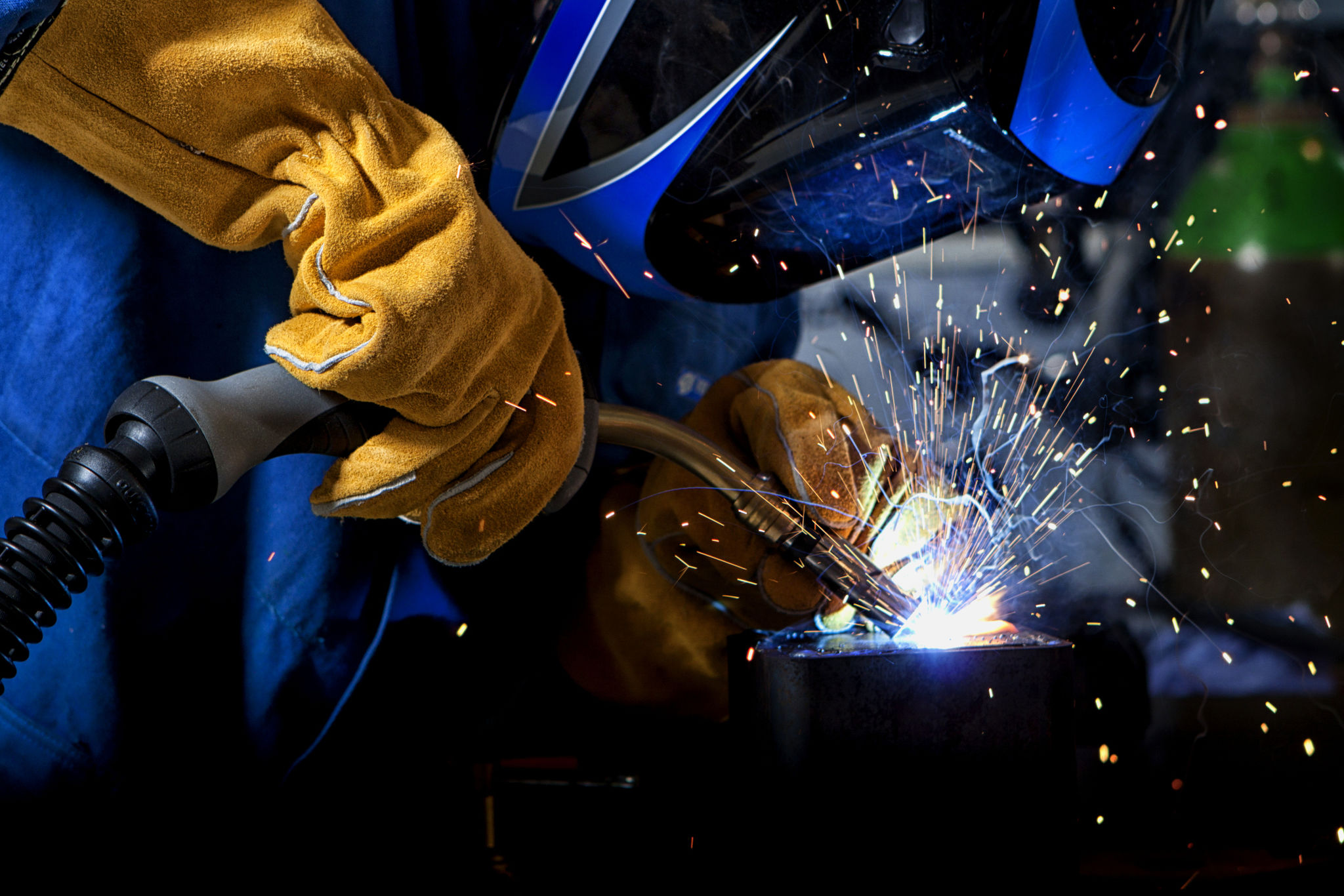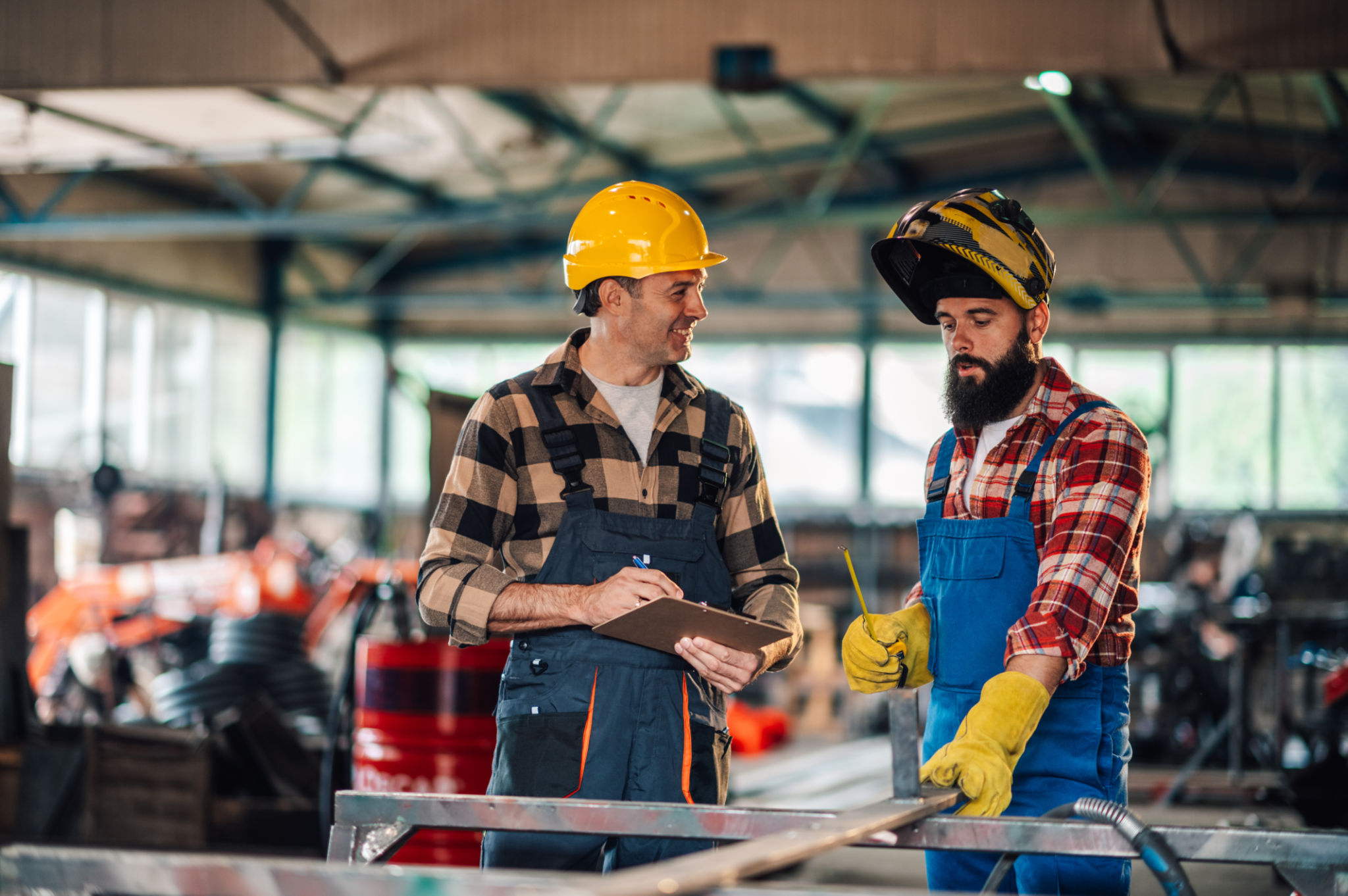DIY Welding Repairs: Tips and Tools for Beginners
Getting Started with DIY Welding Repairs
Welding can seem like a daunting task for beginners, but with the right guidance, tools, and a bit of practice, you can tackle simple repairs on your own. Whether you're repairing a broken gate or fixing a metal frame, DIY welding can be both cost-effective and rewarding. Let's explore some essential tips and tools to help you get started on your welding journey.

Understanding the Basics of Welding
Before diving into any project, it's crucial to understand the basics of welding. At its core, welding is a process that involves joining two pieces of metal by melting them together, often with the addition of a filler material. The most common types of welding include MIG (Metal Inert Gas), TIG (Tungsten Inert Gas), and Stick welding. Each method has its own applications and advantages, so understanding which one suits your project is vital.
MIG welding is often recommended for beginners due to its ease of use and versatility. It uses a wire-fed gun that feeds the filler metal automatically, allowing you to focus on guiding the weld. On the other hand, TIG welding provides more control for intricate projects, while Stick welding is well-suited for outdoor repairs.
Essential Tools for DIY Welding
To begin your DIY welding repairs, you'll need a few essential tools. Here’s a list to help you set up your workspace:
- Welding Machine: Choose one that fits your preferred method, such as a MIG welder for beginner-friendly projects.
- Welding Helmet: Protects your eyes and face from harmful UV rays and sparks.
- Welding Gloves: Essential for protecting your hands from heat and sharp metal edges.
- Clamps: Help hold your materials in place while you work.
- Wire Brush: Used for cleaning metal surfaces before and after welding.

Safety Tips for Beginners
Safety should always be a top priority when engaging in any welding project. Here are some crucial safety tips to keep in mind:
- Proper Ventilation: Ensure your workspace is well-ventilated to avoid inhaling harmful fumes.
- Adequate Protection: Wear long sleeves, closed-toe shoes, and flame-resistant clothing to shield yourself from sparks and heat.
- Check Equipment: Regularly inspect your tools and equipment for any damage or defects before starting a project.
Troubleshooting Common Issues
As a beginner, you may encounter some common problems when welding. One of the frequent issues is an inconsistent weld bead, which can result from improper settings on your welder or incorrect technique. Experiment with different settings on scrap metal pieces to find the right balance. Additionally, ensuring your materials are clean and free of rust or paint can significantly improve weld quality.

Practicing Your Skills
The key to becoming proficient at welding is practice. Start with small projects that allow you to hone your skills without feeling overwhelmed. As you gain confidence, you can move on to more complex repairs. Consider taking a basic welding class or watching online tutorials to refine your technique and troubleshoot any challenges you face.
Remember, patience and persistence are crucial as you learn to weld. Each project will bring new challenges and learning opportunities, helping you grow as a DIY welder. With time, you'll be able to take on various repairs with confidence and precision.
